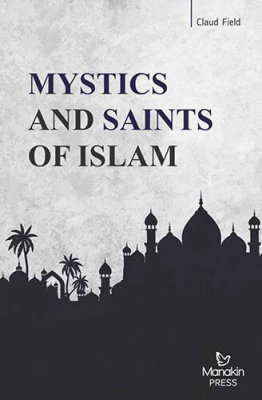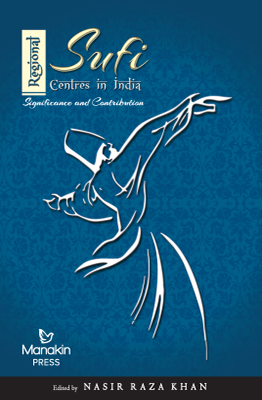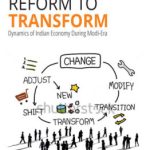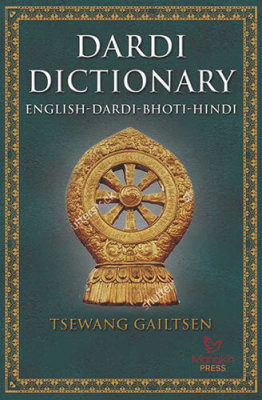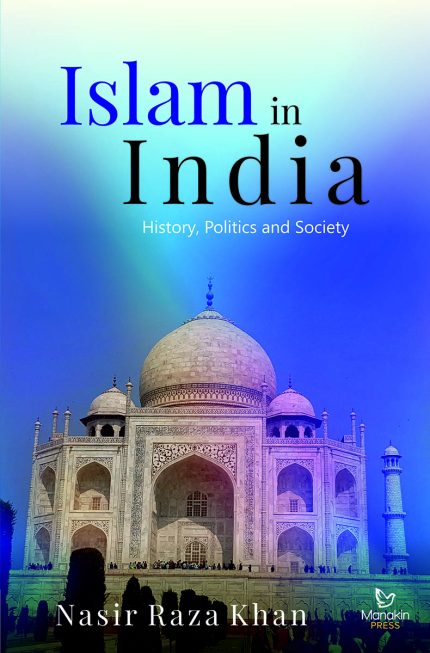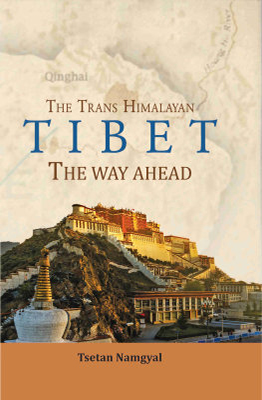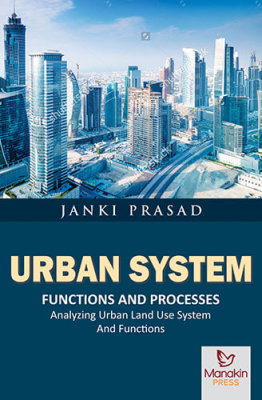Regional Sufi Centres in India
₹595.00
Nasir Raza Khan | Category: Social Science
Binding Type: Hard Binding
Book Details
ISBN: 9789384370718
YOP: 2015
Pages: 132
Order also on
The present volume on Regional Sufi Centres in India: Significance and Contribution set out to explore on lesserknown and new explored theme which is very important for understanding the century’s old multi-religions civilization of India. Sufism advocates humane and global outlook and regards humanity as a brotherhood and came to India from its Arabic Turkic and Persian homes. Instead of remaining confined to places and mosques it spread out to all over India establishing regional centres and Dargahs often known by the surnames of the families which sustained it, like Khanqah-e-Niazia, in Bareilly (UP), Khanqah Gesu Daraz in Gulbarga, and Firdausi in Bihar. All of them preached lover for all religions, charity for the poor and ascetic living and belief in God and a way of life and in the language of the region. Most of the Sufi saints learned the vernacular language and practised what they preached. For example is Baba Farid Ganj-e-Shakkar, who had attracted people nearby his seat and consequently his sayings has been compiled in the Guru Granth Sahib, the religious book of Sikhs. Sufi regional centre in India contributed much to peaceful coexistence between Hindus and Muslims and gave emphasis to Khidmat-EKhalq (service to humanity) and spread a progressive social message for the rich to look after the poor, they were often patronized by the Sultans and Emperor, like Akbar who helped the regional Sufi Centres in Punjab, Sindh Kashmir and Rajasthan, showing the basic liberal tolerance of Islam. In this present volume the respective authors have discussed some of the regional Sufi Centres in India and their social contribution.
1. Sufi-Bhakti Saints and their Contributions in the Making of Region in Medieval Rajasthan
2. Medieval Delhi, Hazrat Nizamuddin Auliya and Fawaidul Fowad
3. The Concept of Sufism in Sant Darshan Singh’s Urdu Poetry
4. A History and Migration of Naqshbandiya from Central Asia to Aurangabad Deccan
5. Reformation and Vernacularization of Sufism in Bengal: Understanding the Formation of ‘Silsila-e-Furfura Sharif in West Bengal
6. Communal Harmony and the Mystical Thought
7. Politics and Piety in Troubled Times: Mirza Mazhar Jan I Janan’s Attitude Towards Other Religions
8. Sufi-Scholarly Impact of ‘Hadrami Sayyids’ In Malabar
9. Amir Khusrau: A link between the court and the Khanqah
10. Sufi Saints and Dargahs of Medieval Jaunpur
The present volume on Regional Sufi Centres in India: Significance and Contribution set out to explore on lesserknown and new explored theme which is very important for understanding the century’s old multi-religions civilization of India. Sufism advocates humane and global outlook and regards humanity as a brotherhood and came to India from its Arabic Turkic and Persian homes. Instead of remaining confined to places and mosques it spread out to all over India establishing regional centres and Dargahs often known by the surnames of the families which sustained it, like Khanqah-e-Niazia, in Bareilly (UP), Khanqah Gesu Daraz in Gulbarga, and Firdausi in Bihar. All of them preached lover for all religions, charity for the poor and ascetic living and belief in God and a way of life and in the language of the region. Most of the Sufi saints learned the vernacular language and practised what they preached. For example is Baba Farid Ganj-e-Shakkar, who had attracted people nearby his seat and consequently his sayings has been compiled in the Guru Granth Sahib, the religious book of Sikhs. Sufi regional centre in India contributed much to peaceful coexistence between Hindus and Muslims and gave emphasis to Khidmat-EKhalq (service to humanity) and spread a progressive social message for the rich to look after the poor, they were often patronized by the Sultans and Emperor, like Akbar who helped the regional Sufi Centres in Punjab, Sindh Kashmir and Rajasthan, showing the basic liberal tolerance of Islam. In this present volume the respective authors have discussed some of the regional Sufi Centres in India and their social contribution.
1. Sufi-Bhakti Saints and their Contributions in the Making of Region in Medieval Rajasthan
2. Medieval Delhi, Hazrat Nizamuddin Auliya and Fawaidul Fowad
3. The Concept of Sufism in Sant Darshan Singh’s Urdu Poetry
4. A History and Migration of Naqshbandiya from Central Asia to Aurangabad Deccan
5. Reformation and Vernacularization of Sufism in Bengal: Understanding the Formation of ‘Silsila-e-Furfura Sharif in West Bengal
6. Communal Harmony and the Mystical Thought
7. Politics and Piety in Troubled Times: Mirza Mazhar Jan I Janan’s Attitude Towards Other Religions
8. Sufi-Scholarly Impact of ‘Hadrami Sayyids’ In Malabar
9. Amir Khusrau: A link between the court and the Khanqah
10. Sufi Saints and Dargahs of Medieval Jaunpur
| Weight | 0.4 kg |
|---|---|
| Dimensions | 24.2 × 16.3 × 1.5 cm |
| yop |
2015 |
| subject-category |
Social Science |
| isbn |
9789384370718 |
Related products
